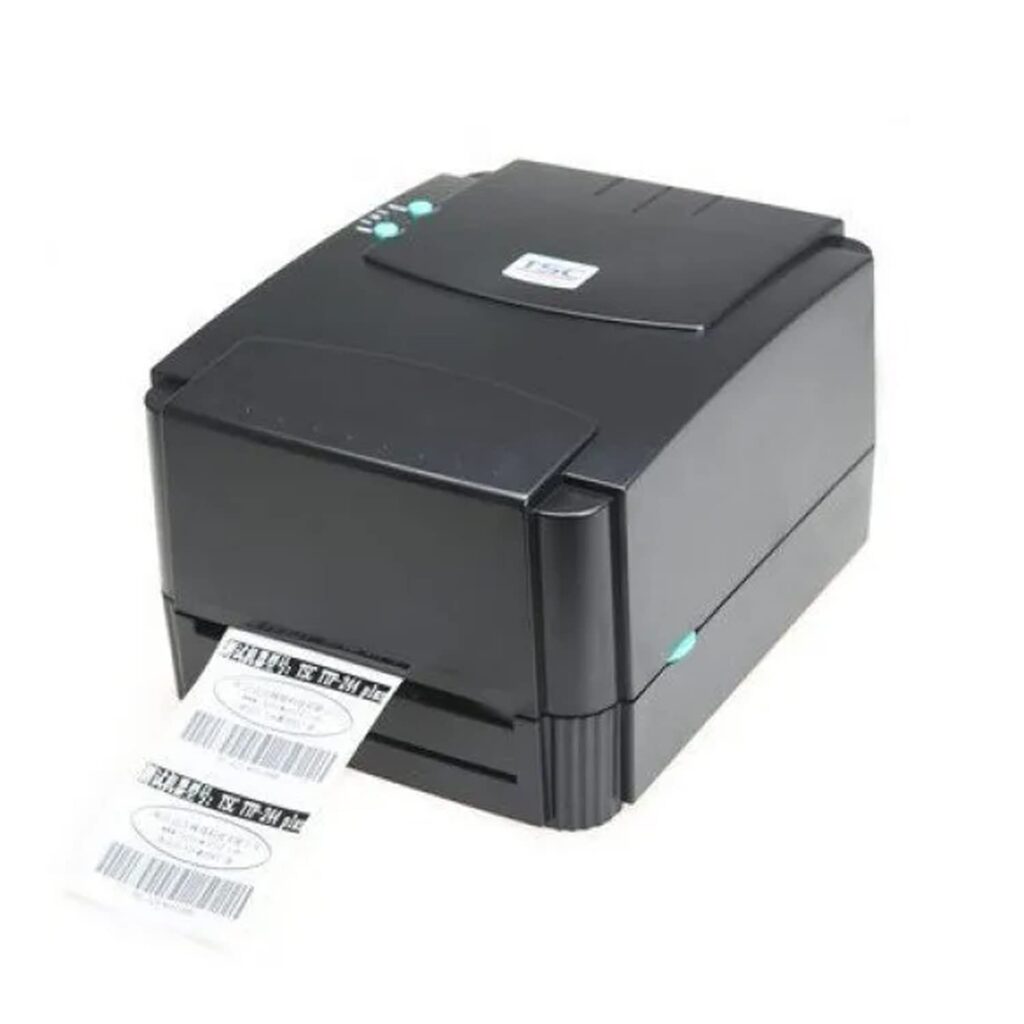In today’s fast-paced business environment, blank label printers have become an indispensable tool. Whether you’re managing a small retail store or a large warehouse, having a reliable label printer can streamline your operations and improve efficiency. This comprehensive guide will help you understand the various types of blank label printers available and how to choose the best one for your needs.
Understanding Blank Label Printers
What Are Blank Label Printers?
Blank label printers are specialized devices designed to print labels without any pre-existing text or design. These printers offer the flexibility to create custom labels tailored to specific requirements, which is crucial for inventory management, shipping, and product labeling.
Types of Blank Label Printers
There are several types of blank label printers, each suited for different applications. The main types include:
- Thermal Transfer Printers
- Direct Thermal Printers
- Inkjet Label Printers
- Laser Label Printers
Each type has its own advantages and is best suited for particular tasks. Let’s explore these in more detail.
Thermal Transfer Printers
How Do Thermal Transfer Printers Work?
Thermal transfer printers use a heated ribbon to transfer ink onto the label material. This process creates durable, long-lasting labels that are resistant to heat, moisture, and chemicals.
Advantages of Thermal Transfer Printers
- Durability: Ideal for labels that need to withstand harsh environments.
- Versatility: Can print on a variety of materials, including polyester, polypropylene, and paper.
- High Quality: Produces sharp, high-definition prints.
Best Use Cases for Thermal Transfer Printers
Thermal transfer printers are perfect for creating labels for industrial applications, including asset tracking, product identification, and compliance labeling.
Direct Thermal Printers
How Do Direct Thermal Printers Work?
Direct thermal printers use heat-sensitive paper that darkens when heated by the print head. This method does not require ink, toner, or ribbons, making it a cost-effective option for short-term labeling needs.
Advantages of Direct Thermal Printers
- Cost-Efficiency: Lower operating costs due to the absence of ribbons and ink.
- Simplicity: Easy to maintain and operate.
- Speed: Fast printing speeds suitable for high-volume tasks.
Best Use Cases for Direct Thermal Printers
Direct thermal printers are ideal for printing shipping labels, receipts, and barcode labels for retail and logistics applications.
Inkjet Label Printers
How Do Inkjet Label Printers Work?
Inkjet label printers use droplets of ink to create images and text on the label material. These printers offer high-resolution printing, making them suitable for labels that require detailed graphics and vibrant colors.
Advantages of Inkjet Label Printers
- High Resolution: Excellent for printing images and color codes.
- Flexibility: Can print on various label materials.
- Customization: Perfect for producing unique, custom labels.
Best Use Cases for Inkjet Label Printers
Inkjet label printers are best for creating product labels, promotional labels, and any application where visual appeal is critical.
Laser Label Printers
How Do Laser Label Printers Work?
Laser label printers use a laser beam to transfer toner onto the label material. This method produces high-quality, smudge-proof labels that are ideal for professional and commercial use.
Advantages of Laser Label Printers
- Speed: Rapid printing capabilities for large batches.
- Quality: Sharp and clear prints with precise detail.
- Durability: Long-lasting labels that are resistant to fading.
Best Use Cases for Laser Label Printers
Laser label printers are suitable for printing office labels, mailing labels, and high-volume label production.
Key Factors to Consider When Choosing a Blank Label Printer
Printing Volume
The volume of labels you need to print on a regular basis will influence your choice. High-volume applications may require a thermal transfer or laser printer, while low to medium volumes can be handled by inkjet or direct thermal printers.
Label Material
Consider the type of material you will be printing on. Thermal transfer printers are versatile and can handle various materials, whereas direct thermal printers are limited to heat-sensitive paper.
Durability Requirements
If your labels need to withstand harsh conditions, opt for thermal transfer or laser printers, which produce more durable labels. For short-term labels, direct thermal printers are sufficient.
Cost Considerations
Evaluate both the initial cost and the ongoing maintenance costs. Direct thermal printers have lower operating costs, while thermal transfer and laser printers may require more investment in consumables like ribbons and toner.
Print Quality
For high-resolution graphics and color labels, inkjet printers are the best choice. For text and barcode labels, all printer types can provide adequate quality, but thermal transfer and laser printers offer superior precision.
Top Brands in Blank Label Printers
Zebra Technologies
Zebra is renowned for its reliable and durable thermal transfer and direct thermal printers. Their products are widely used in industrial and commercial applications.
DYMO
DYMO offers a range of user-friendly and cost-effective label printers, particularly known for their direct thermal and desktop models.
Brother
Brother provides versatile label printers that cater to both office and industrial needs, with a focus on ease of use and high-quality prints.
Epson
Epson is a leader in inkjet label printers, offering high-resolution and vibrant printing solutions suitable for various applications.
Canon
Canon’s laser label printers are known for their speed and print quality, making them a popular choice for office environments.
Conclusion
Choosing the right blank label printer depends on your specific needs, including volume, material, durability, cost, and print quality. By understanding the different types of label printers and their advantages, you can make an informed decision that enhances your business operations.


